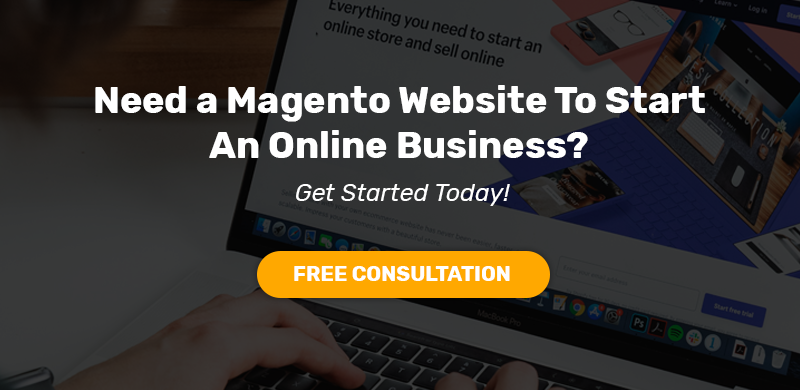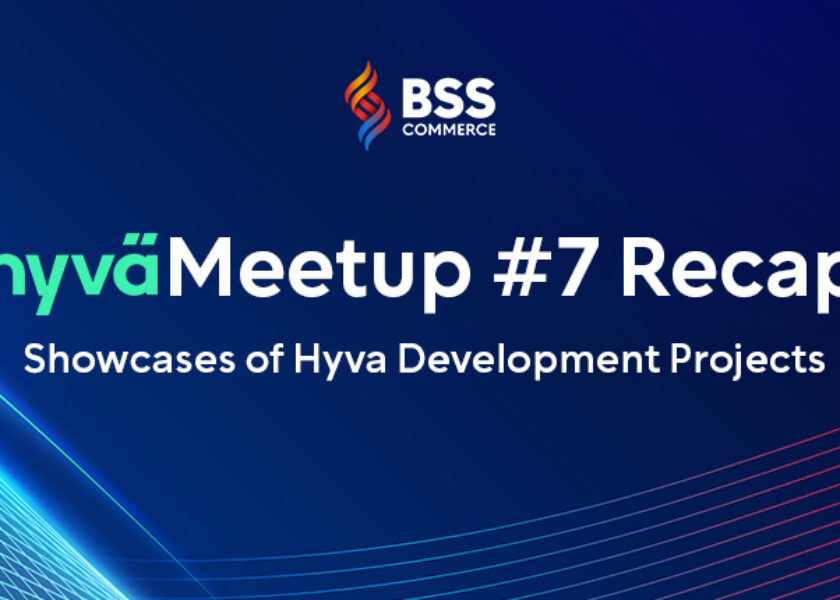The Ultimate Guide to Start An Online Clothing Store
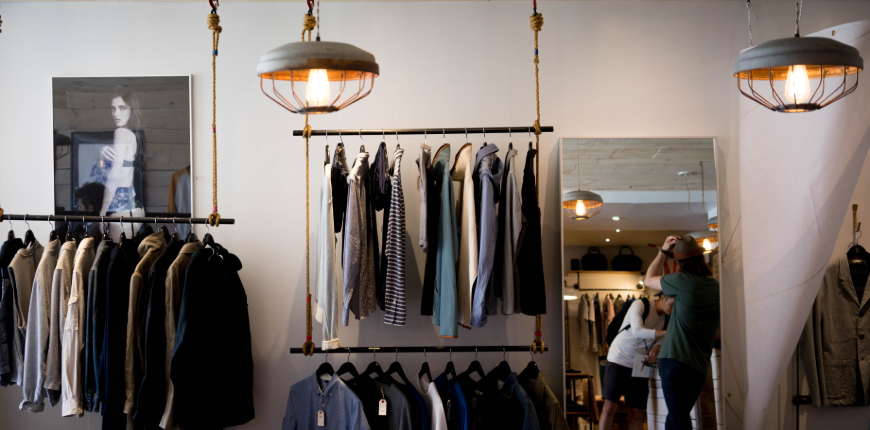
It’s no surprise that online clothing stores have been creating a billion-dollar industry and being one of the most popular ecommerce niches. Lower digital barriers to entry in the ecommerce clothing segment allow merchants to market, sell, and fulfill orders globally and automatically. As a result, the worldwide revenue of this segment has continuously increased year by year and is expected to 475 billion dollars in 2022, reported Statista.
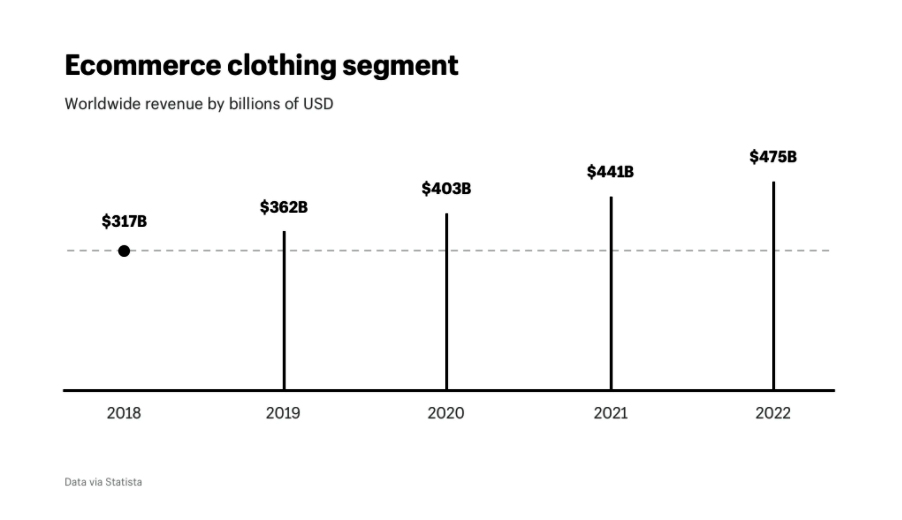
Along with this growth, many people decide to start an online clothing store but don’t know where to start. Thence, this topic comes to help merchants with the ultimate guide for that and bonus outstanding trends of the industry to capitalize on in 2021. Stay tuned for these!
Contents
- I – 10 Steps to Start An Online Clothing Store
- 1.1 Choose a clothing niche
- 1.2 Determine specific products to sell
- 1.3 Determine your clothing store’s model
- 1.4 Sketch your customers
- 1.5 Get to know competitors
- 1.6 Define branding factors
- 1.7 Apply for any business license and permits
- 1.8 Design your online clothing store
- 1.9 Create your online clothing store
- 1.10 Drive traffic to your online clothing store
- II – Top Fashion Ecommerce Trends to Capitalize on in 2021
- Bottom Line
I – 10 Steps to Start An Online Clothing Store
1.1 Choose a clothing niche
Fashion ecommerce today witnesses the participation of numerous online clothing stores. Being new players, many people choose to start small from a specific potential niche (e.g. luxury workout apparel) where they can position as the best buyer. Meanwhile, this competitive edge becomes more challenging to gain if the business is unfocused from the first days.
Before you can choose your products, determining your niche ensures that your whole ecommerce business plan focuses on potential customers, offering value with the right products. This ultimately creates a foundation to position your store uniquely.
Furthermore, a clearly-defined niche allows your brand to be consistent, which is the best way to retain customers because they will only be loyal to the brand that meets their needs and tastes all the time.
The following questions will help you much in specify your clothing niche:
- How do you want to position your products in terms of prices? (high end, middle end, low end)
- What genders is your line for? (male, female, all genders)
- Which age groups do your potential customers stay within?
- What type(s) of apparel will your store offer? (casual, sporty, artsy, business casual, bohemian, etc.)
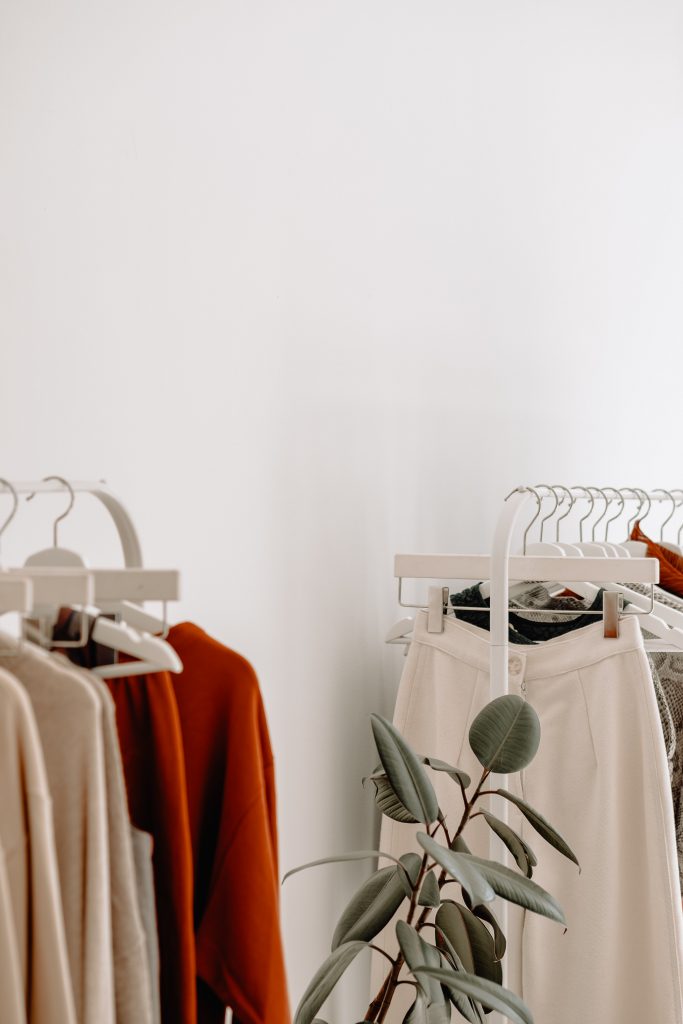
- Will your store serve local or global customers? What specific markets/countries will you target?
1.2 Determine specific products to sell
Based on what you defined in the previous step, you can dive deeper into specific products your online store will sell. Though the clothing & apparel market is vast with a bunch of options within your niche, selling everything at the beginning is not recommended. Instead, it’s always advised to start small and slow and then expand your lines as your business grows.

A far vision of where your store will extend in the future is necessary to drive your focus. This will ensure that you can diversify your products seamlessly within your niche.
1.3 Determine your clothing store’s model
In general, there are 4 main types of business models usually seen in online clothing stores.
# Custom Cut-and-Sew
If you dream of selling items designed by your brand, you might love this model. Custom cut-and-sew means that you will build your clothing line from scratch and handle everything yourself, from designing, manufacturing to fulfillment.
Pros: Your products feature unique designs that reflect your brand personality and emotion.
Cons: A custom cut-and-sew business comes with a lot of management as you will be responsible for seeking and coordinating your own pattern-makers and manufacturers, sourcing your own fabric, and so on. This means you will need a lot of upfront budget and time to launch your first line.
# Private label clothing
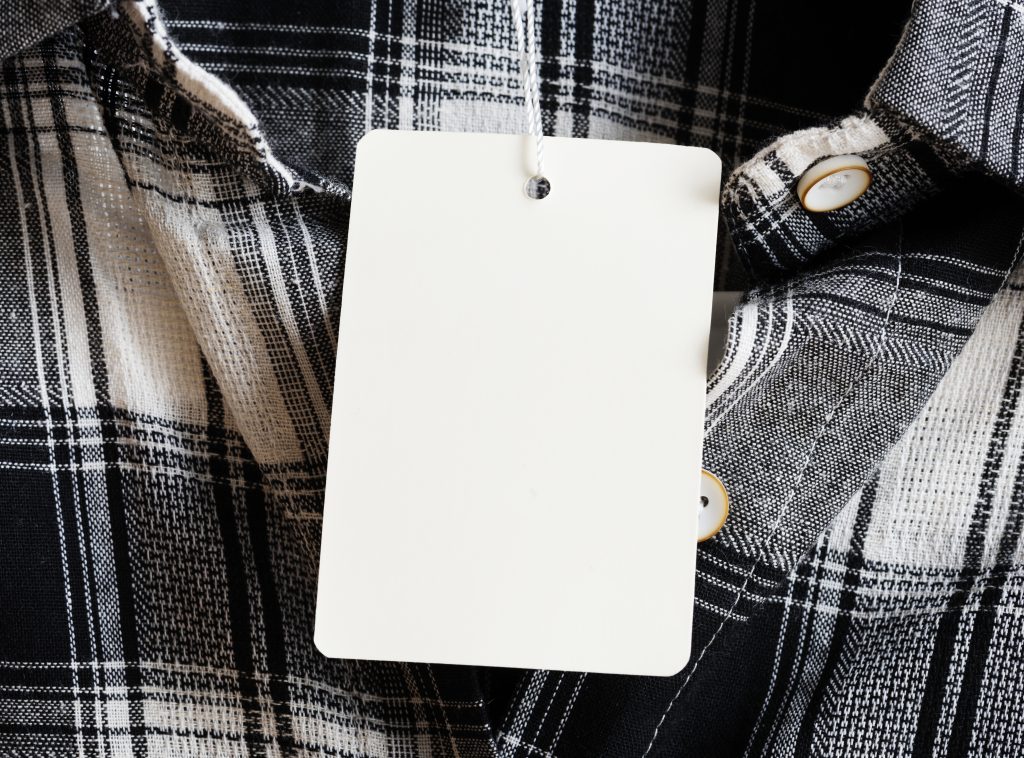
This model can be described as a process when you buy label-less clothing items and then add your label, custom design, or tag. It is something between print-on-demand and custom cut-and-sew but wastes less effort and expenses than cut-and-sew, while offers more customization than print-on-demand.
Hawthorn, for example, is one of the UK’s leading private label clothing suppliers.
The downside of this model is that your business will lack control over product quality as you are not the original manufacturer. And you still need to manage inventory and try not to over-purchase or under-sell the stock.
# Print on demand
Print-on-Demand is the easiest type of business model to launch an online clothing store as quickly as possible within a small budget. In this model, you work with a supplier to customize white-label products with your own designs to sell them on your website under your brand. The products and shipping are all handled by a third party. Printify is a well-known case of online clothing stores applying the print-on-demand model.
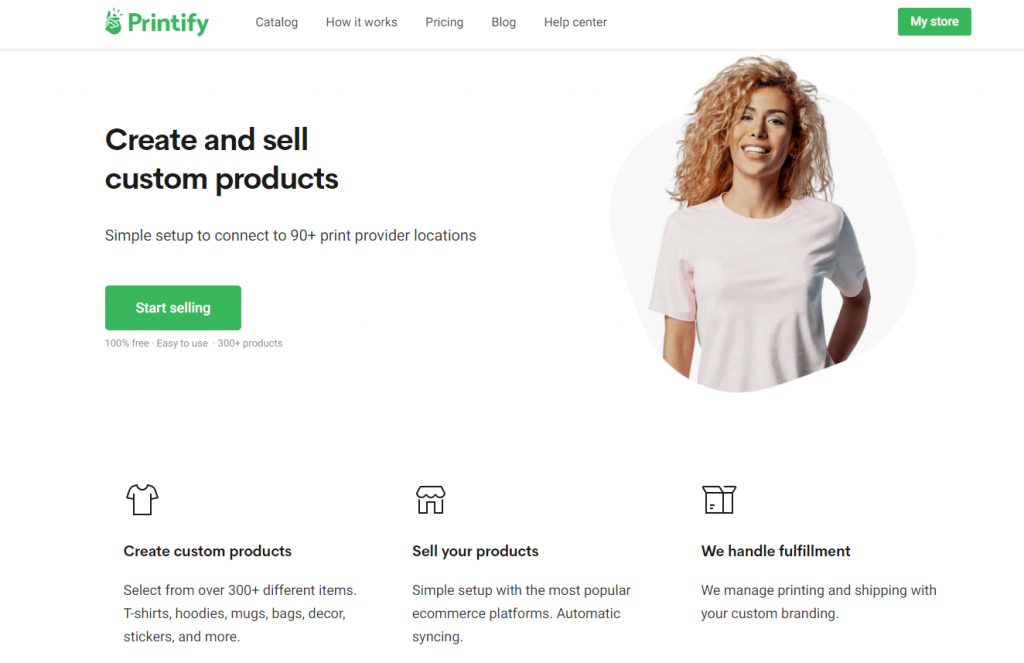
Pros: The great advantage of print-on-demand is the cost-effectiveness for small businesses dealing with small-size orders. Besides, this model also requires low investment and reduces potential risks.
Cons:
- The typical downside of this model is a low profit-margin. If you expect a huge profit, you should look for other ways.
- Your business will have less control over shipping and your options will also be limited.
# Dropshipping
Similar to print-on-demand, a dropship clothing store sells clothing from wholesalers. This is a budget-saving business model since your business doesn’t have to handle buying stock upfront, storing, packing, or shipping. The products are stored at the supplier’s warehouse and they will handle the fulfillment process.
How does this model work? After a customer places an order on your platform (your online store), the order will be forwarded to your dropship supplier. Finally, this third party will fulfill the order and have full control over this process.
Pros: Dropshipping requires low startup costs because you don’t need to stock products (no warehouse needed) and to invest in a complicated ecommerce process. It also helps you avoid the risk of going into debt due to overstocking, for example.
Cons: It is impossible to develop your unique brand since there are hundreds of online clothing stores that also sell the same products as you. Besides, poor customer service is another significant drawback when your business lacks control over order fulfillment. And like print-on-demand, a dropship clothing store brings low profit margins for the store owner.
Best places to find dropshipping suppliers: AliExpress, Spocket, Dropshipper.com, National Dropshippers, etc.
Bonus content: Read Magento 2 Dropship for Beginner to know in what cases you should prefer dropship.
1.4 Sketch your customers
Based on the above steps, now you have to dive deep into the target market and get to know your target customers well. Sketch them as detailed and insightful as possible under a buyer persona because this will create the premise to serve them better than competitors.

Basically, the goal of creating a buyer persona is to “visible” the representative for your target customers with age, location, interests, spending power and patterns, challenges, stage of life, and so on. You must ensure that the buyer persona will generally provide you with actionable insights that let you know how to conquer target customers.
If you don’t have any past customers, recording information is such a challenging job. In this case, make use of secondary research from trend reports, market statistics, industry content, combining with your empathy and logical conclusions to speculate on the purchase motivations of your ideal customers. Here are some tools and sources that might give you quality reports on different topics:
- Google Surveys
- Alexa tools
- Nielsen
- MarketResearch.com
- Marketingcharts.com
- Statista
Besides, relevant online groups on social media like Facebook or forums also allow you to learn about your target customers. And Facebook Audience Insights gives you a great tool to test your assumptions.
1.5 Get to know competitors
Your online store cannot stay ahead of the competition without knowing competitors well. In this step, spend time learning about your major competitors following up these points:
- Business model
- Market share
- Strengths
- Weaknesses
- Profitability
- Marketing strategy
Major competitors are stores (both online and brick-and-mortar stores) whose products can replace yours to become customer choices.
Why should you stay knowledgeable about brick-and-mortar clothing stores?
The biggest consumers’ hesitation while shopping in online apparel stores is that they are not sure how they’ll look in an item or if they’ll actually fit it. As a result, many people still opt for offline stores if your products lack uniqueness.
1.6 Define branding factors
If the factors like products, customers, profit model shape your business, branding factors create a bridge between the business and the market and make a memorable impression on customers’ mind. Depending on how you brand your business, customers know what they should expect from it.
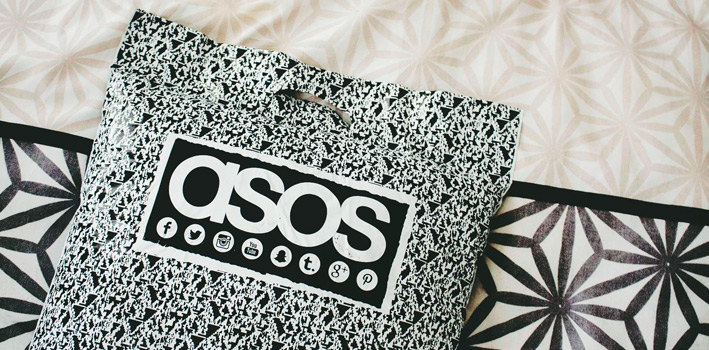
So, what branding factors do you need to define?
Business name: Give your online clothing store a unique, memorable name and keep it short. The names that convey some meaning linking to a story of your brand or related to your business usually work very well. It’s recommended to avoid using the ones that are hard-to-spell.
Website’s domain: Usually, your website’s domain should be named after the business name of your online store and stick with .com. As soon as you find an ideal domain name, go ahead and register to get it soon before it is taken by someone else.
Business logo: A business logo plays a crucial role in nurturing brand awareness. How should your logo be? Following these 5 principles will drive you to create a good one:
- Simple
- Memorable
- Timeless
- Versatile
- Appropriate
Finally, an inspiring slogan will make your brand concept complete. All of these branding elements should be relevant and consistent to print the greatest impression on customers’ minds.
1.7 Apply for any business license and permits
The next step to start an online clothing store is to get any licenses or permits required. Depending on the type of online clothing store you’re starting, you might need some federal and state licenses and permits, including:
- Business Operation License
- Employer Identification Number (EIN)
- Doing Business As (DBA) License
- Seller’s Permit
- Sales Tax License
- Home Occupation Permit
- Occupational License
1.8 Design your online clothing store
In online clothing stores, store owners should pay special attention to this step because this industry requires high aesthetics. A well-designed website not only makes itself outstanding but also creates better feelings of the products inside and gives customers a good vibe to shop.
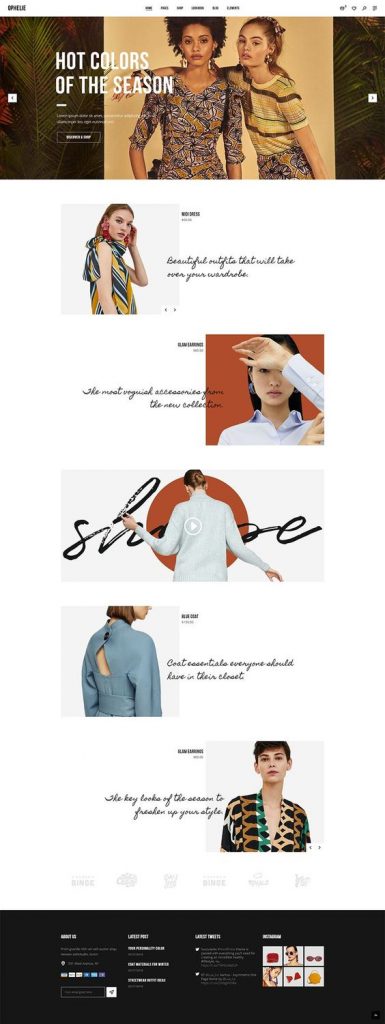
User experience is very important in ecommerce, which directly suffers conversions. Before working with your web designer, make sure you know Critical Features of A Well-Functioning Ecommerce Website. Additionally, ensure that your designer understands the vibe that you want your website to spread so that the final wireframe can meet it.
If you do not have an in-house designer, visit websites like Fiverr to find a freelance web designer.
1.9 Create your online clothing store
As the topic says, you are getting to know how to start an online clothing store. So, here comes one of the essential parts: Build your website. Regardless of the business model you choose, it’s necessary to hire an ecommerce web development agency to build your website.
Get started by selecting an ecommerce platform to host your website. Magento, Shopify, or WooCommerce are some of the most preferred ones.
# Magento

If your catalog includes a lot of products and your website is expected to handle large traffic, Magento is the best option for you. This is a reliable and scalable ecommerce platform that best suits medium to enterprise-sized businesses. Christian Louboutin, Björn Borg, Fred Perry, Missguided are some examples of fashion boutiques using Magento.
Why is Magento chosen by those brands?
For the most outstanding features, Magento offers greater scalability and richer core functionality than other ecommerce platforms, especially Shopify. If your store reaches out beyond the local country, Magento provides multiple storeviews so that you can localize your content and translate it into the relevant languages. Even when you have several brands targeting different segments, it’s possible to manage all of them under only one Magento system by using different storeviews for each brand.
In terms of SEO-friendliness, Magento also wins the first position and Shopify and Woocommerce are respectively put in the second and the third positions. Notably, this ecommerce platform offers a free edition (Magento CE) with all the necessary features for a basic online store. Magento CE, for this reason, is powering a lot of “small” ecommerce websites across the globe.
- Magento CE (Community Edition) – Free
- Magento EE (Enterprise Edition) – Starts at $22,000 per year
- Magento EE Cloud – Starts at $40,000 per year (includes hosting).
# Shopify
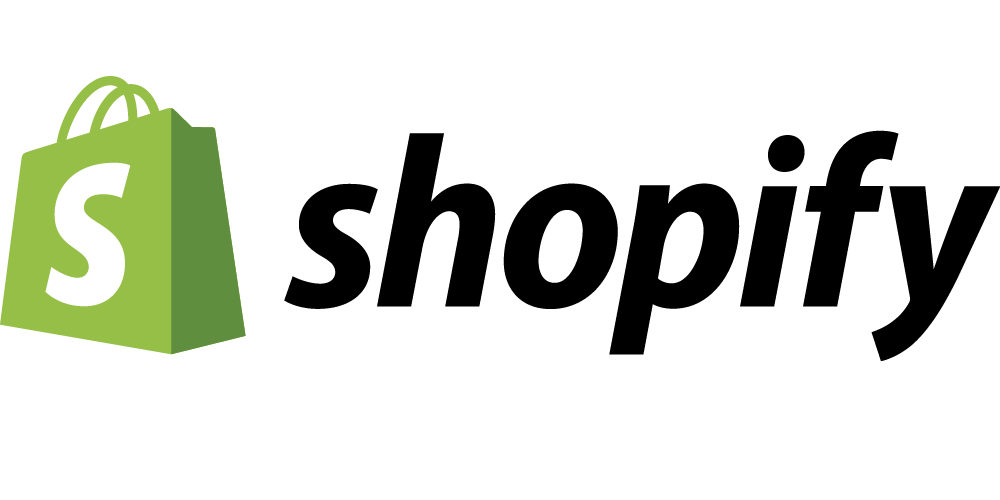
Shopify is a hosted ecommerce platform that provides built-in hosting, powering many online shops around the world. The platform maintains a heavy emphasis on mobile shopping and trending social commerce. When opting for Shopify, users also have several choices of these plans:
- Basic Shopify – $29 per month
- Shopify – $79 per month
- Advanced Shopify – $299 per month
- Shopify Plus – around $2000 per month.
QUICK COMPARE: Magento vs. Shopify – Which one is suitable for you?
# WooCommerce

WooCommerce is a WordPress’s plugin that turns your WordPress site into an ecommerce store that integrates seamlessly. This platform is suited for those who are a little more tech-minded and want more than a drag-and-drop dashboard or for those who want to turn their existing WordPress site into an ecommerce site.
Once you’ve found a suitable ecommerce platform for your business, the next step is to go for a relevant ecommerce web development agency. Whatever platform you choose, 9+ Tips To Choose Magento Website Development Agency is still worth reading.
1.10 Drive traffic to your online clothing store
For a new online clothing store, how to get first visitors is one of the most concerned topics. Even when you set a tight budget for marketing, this is not the aspect where you can cut corners or totally ignore during the first days.
We understand that high initial marketing costs will challenge businesses with a limited budget. Therefore, it’s critical to make the most of the chances to get organic traffic and optimize any paid campaign.
-
- Optimize your site for search engines: Search engine optimization (SEO) allows your website to rank as high as possible on search engines itself to attract organic traffic. Don’t underestimate each small practice of this SEO Checklist since all of those will turn into a big change.
- Stay visible on social platforms: Profiling well on social platforms is a free and easy way to get your brand named out into the world and build up trust with your audience. Fashion items are somethings that inspire people even at the moments we don’t actually need or search for them. As we see a cool item, we desire it, and we decide to buy it. This strengthens the point that clothing stores should be more active on social platforms where people stick to every day. Besides, social media ads are also worth your investment if you target sales, leads, or brand awareness.
- Reach out to influencers: This is one of the most effective ways to increase brand awareness of a new brand that you can consider. Based on your business size and budget, you will find suitable ones from different types of influencers. For example, While micro-influencers may not have a massive reach, they might provide small to medium businesses with a more targeted approach. You might find this sharing helpful around this topic.
- Reward new subscribers: First visitors are important, so is the first customer data. By offering any reward for new subscribers, you encourage visitors to leave their email address and subscribe to your newsletters. The next time, you can send to those customers special deals, loyalty programs, or introduce new products.
II – Top Fashion Ecommerce Trends to Capitalize on in 2021
Below, let’s have a look at highlighted trends in the ecommerce clothing segment that influence both consumers and merchants.
Bonus content: Capture Gen Z E-commerce Trends Now! What Merchants Need?
2.1 The rise of “Athleisure”
Fashion on the streets has changed. Leggings, crop tops and sports bras are favored by women, and men are spotted in sweatpants, hoodies and sneakers. Many people look like having just left the gym, while having a cappuccino in a coffee shop, hanging out with friends, or heading for a shopping trip.
This established lifestyle emphasizes one thing: People prefer comfortable clothing. Embodying an athletic and casual leisure time, that is what athleisure is all about. And there is no doubt that this segment of the fashion market is on the rise.
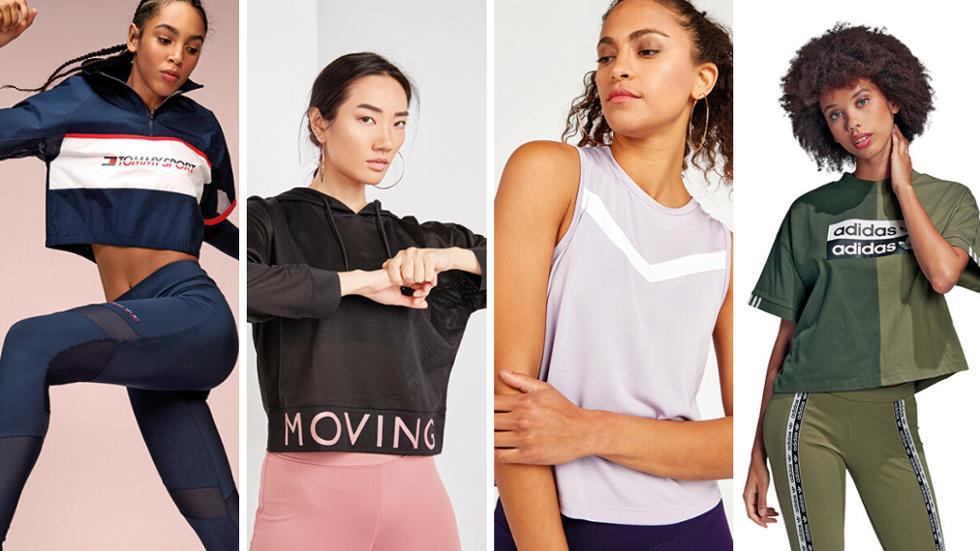
A Global Data’s report showed: The athleisure market’s worldwide revenue has grown by 34 billion US dollars from 2018 to 2019. The number is expected to skyrocket and reach $570bn through 2023.
According to Honor Strachan – the lead retail analyst of Global Data, the most active wearers of athleisure range between 16 and 30 years old. As fitness is becoming more important, this trend also interests a slightly older age group. “Athleisure is one of the fastest-growing clothing categories there is,” she says. Especially, athleisure is strongly manifested in the women segment of athleisure.
On social media like Instagram, people share their moments with athleisure with the most popular hashtags like athleisure are #fitness, #athlete, #athleisure, #athleisurewear.
2.2 More retailers are implementing virtual fitting room
One area where the majority of fashion retailers fall short, according to Euromonitor – a market research company, is content and consumer experiences for size and fitting. Tamara Sender, Senior Fashion Analyst in the UK also agrees that one of the biggest barriers to shopping online for clothing is fit and it is still a category where shoppers like to try on and see how an item would fit them. This is where the virtual fitting room experience comes to solve the problem.
In general, the virtual fitting room will build a data bank of human body metrics from inputs that shoppers enter to create the presentation of the shopper’s form, or called “a virtual model”. Shoppers can drag the clothing that pops up on the screen and drop it into this virtual mode. Afterwards, they will get results of how the virtual models look in that outfit almost immediately.
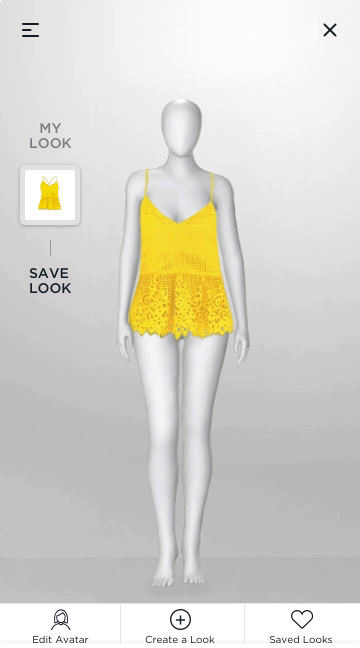
Furthermore, the virtual fitting room also gives shoppers the ability to mix and match, creating and styling their own outfits according to personal style. This allows online clothing stores to increase sales and improve conversion rates.
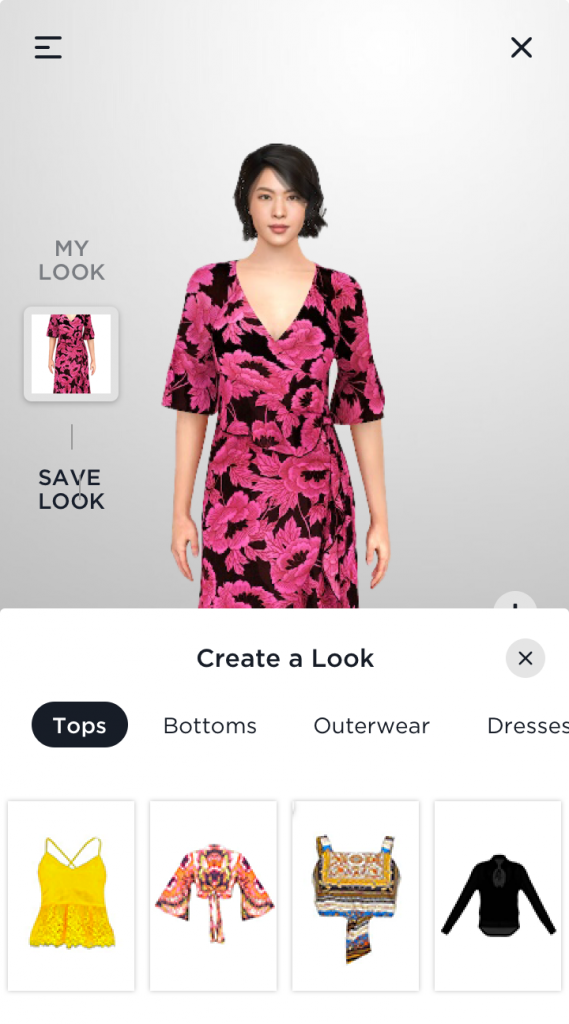
2.3 More focus on personalization and customization
“80% of shoppers are more likely to buy from a company that offers personalized experiences.”
Personalization is not a new term in ecommerce and will continue to be a key factor in winning customer loyalty. For this reason, online clothing stores are increasingly turning to the use of AI technologies to assist shoppers in their buyer journey.
A typical application of AI is AI chatbot, which is implemented by a lot of fashion brands like ASOS, Burberry, Levi’s, and Tommy Hilfiger to bridge the gap between shoppers and the brands in a more convenient and personalized way.
In the below example, Tommy Hilfiger’s chatbot engages a shopper in a conversation and offers a variety of options: They can browse through the collections, go straight to a catalog, or even get the bot to help in selecting an item. As the shopper asks questions, the bot filters the collections to recommend the items fitting his/her style.
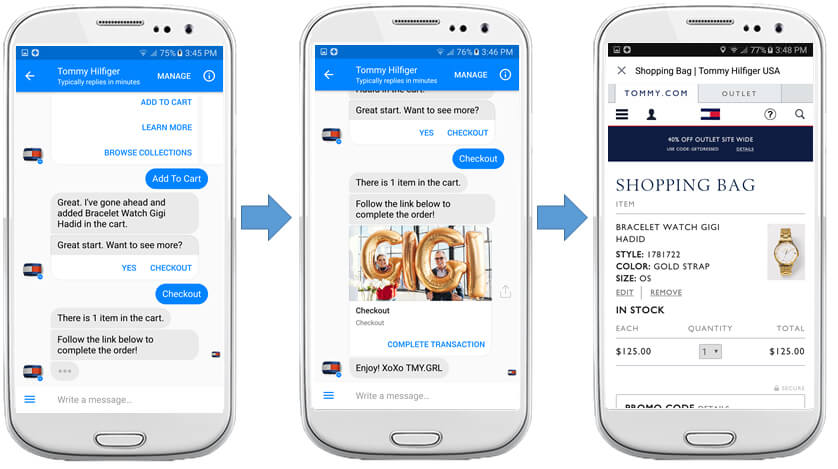
Besides, proactively personalized product recommendations based on customer behaviors, browsing history, and contextual data are gradually becoming a must-have feature in many online stores.
Bottom Line
Starting an online clothing apparel shop is such a big step and we hope the topic has made it easier somehow.
About BSS Commerce, we are an ecommerce solution provider that specializes in ecommerce website development using Magento, maintenance, and customization. It would be a great honor if we could help you start your business journey.

